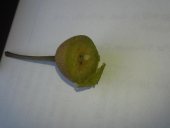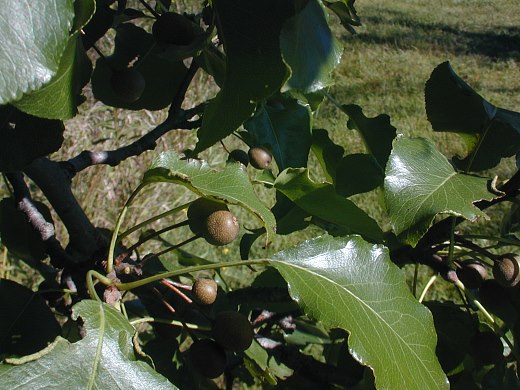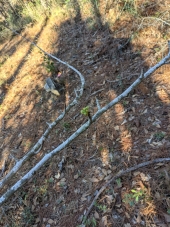

Sean Pratt wrote:i think there is every chance that this could go just fine with an air layered tree but one thing to note is that when you take from a living plant without sexually reproducing the offspring is really the same age as the mother plant.so if i take from a 100 year old apple that has been damaged physically to save the genetics next year i will have a 101 year old grafted tree. this isn't always an issue i know of one case where a annual was cloned for about 30 years before the gardener decided it just wasn't what it used to be. i often wonder if this is why select varieties of apples never taste as good as when we were kids. i speculate that the DNA is becoming wonky after so many years of asexual reproduction. just food for thought. i didn't see it mentioned. i really love this idea i will plant one for each of my young family members this year in fact.
Marty Mitchell wrote:Awesome information there!!! Thank you for resurrecting this thread. I am at a new home again now and shall be on the hunt for them Fire Blight resistant strains again at some point.
I am putting in all the garden beds, flower beds, and already planted a bunch of figs, mulberries, plums, and peaches so far. About time for those apples and pears.
Thanksgiving pears are a hardy pear with a sweet, crisp flavor found at an old homestead along the Alapaha River in Georgia. They ripen in late fall and hold on the tree until Thanksgiving! Disease resistant. Traditional pear shape fruit is excellent for deer and wildlife, and will bring them in throughout the hunting season. Bears fruit in 3-5 years.


Julian Williams wrote:Our front orchard is going in this spring. We've got 9 trees on their way to us including 3 pears! It's our first time growing trees from whips and we're excited to see what we can do. Our guilds are figured out and seeding starts for the herbs this weekend.
Pears we are planting:
Summercrisp
Clapp
Patten
We're ordering from a local nursery that has been around for a long time. Hoping that the positioning we've chosen works out well.

Saralee Couchoud wrote:I found a pineapple pear and didn't know what it would be like, but since they were cheap $8,I thought I would try it. I planted it about 10 years ago and still have not had any fruit on it. So this year I saved seeds from some pear trees that have been growing here about 50 years. I'll see what I get from them

S Bengi wrote:Both the leaves and the fruit screams pear 101%

Background, Life HistoryCallery pear (Pyrus calleryana) is a deciduous tree, more commonly known as ‘Bradford pear.’ Native to China, it was first brought to the United States in 1917 for hybrid-ization experiments to improve disease resistance of the common fruiting pear. The Bradford cultivar was widely planted as a promising new ornamental during the 1950s. Since then, many other cultivars were developed. While individual cultivars are considered self-sterile, dif-ferent cultivars planted in close proximity cross-pollinate and produce fruits and viable seed. Shoots from root-stock developed with varying genotypes are also able to cross pollinate with the original tree. Spread occurs when the fruit of these hybrids is eaten and distributed by birds and other animals



All that said; when I have my own orchard I plan to plant most trees from seed and try a few cuttings to have some pure bosc and bartlett.
Le Conte Soft Pear- Super Soft and Flavorful!
Le Conte is thought to be a Chinese sand pear European pear hybrid. The fruit are a beautiful bell shape and pink-blushed golden color, Le Conte pear has a soft melting texture. It will ripen on the trees or can be picked when the ground color lightens slightly for long term storage. Le Conte is an extremely productive tree with good resistance to fire blight. This pear is referred to in a book printed in 1886 (Florida Fruits and How to Raise Them, by Helen Warner) as being a fine-flavored, juicy aromatic fruit. Incidentally, it was bringing in $5-6 per bushel in Liberty County, Georgia at that time! Ripens mid to late August

quince but it's not compatible with many varieties)